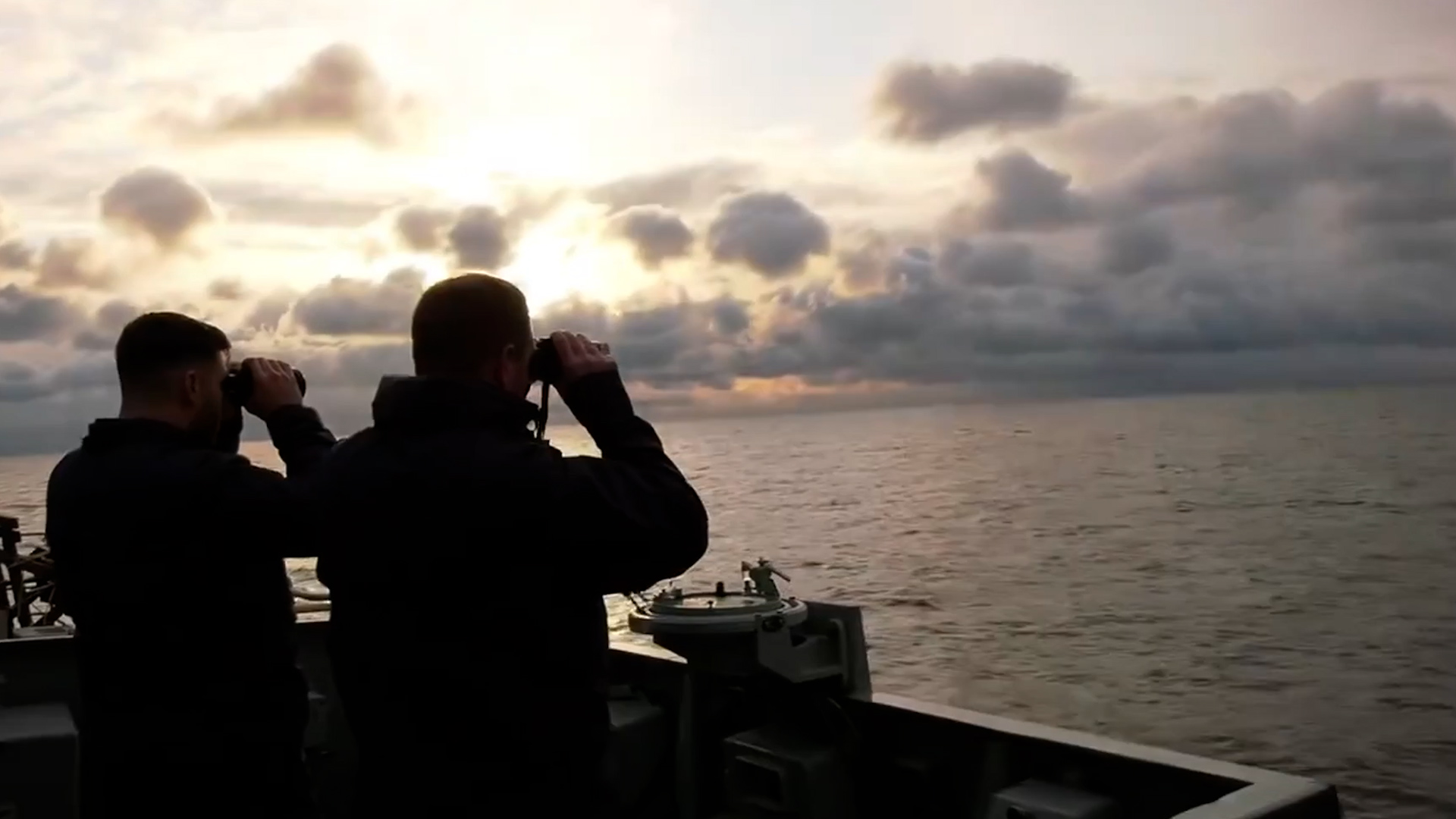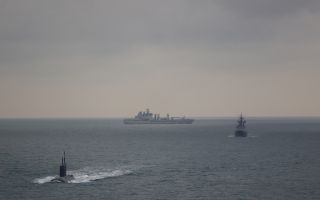
Nato launches new Baltic Sentry mission to counter Russian undersea cable threat

A new mission aimed at countering Russia's targeting of critical undersea data and communication cables has been announced by Nato.
Named Baltic Sentry, the mission will be led by Allied Joint Force Command Brunssum (JFCBS) and see the alliance deploy across multiple domains.
It comes after undersea cables connecting Estonia and Finland were damaged in December in an apparent act of sabotage.
This led to the UK-led Nordic Warden reaction system being activated after reports of an Estlink2 undersea cable in the Baltic Sea being damaged.
Nordic Warden is looked after by the Joint Expeditionary Force (JEF) and is designed to track potential threats to undersea infrastructure and monitor hostile war vessels including the Russian shadow fleet.
While Nordic Warden and Baltic Entry are both aimed at tackling the threat in the Baltic Sea, they are separate missions.
The JEF's mission, which is UK-led, is being commanded from Northwood, while Nato's is steered from the Netherlands.
US Army General Christopher G Cavoli, Supreme Allied Commander Europe, said Nato's Baltic Sentry would act as a deterrent and counter acts like the one seen last December.
"It is indicative of the alliance's ability to rapidly respond to such destabilisation and shows the strength of our unity in the face of any challenge," he said.
Allied Maritime Command (MARCOM) will play a central role in the maritime domain, according to the alliance, with the Nato Maritime Centre for Security of Critical Underwater Infrastructure (NMCSCUI) assisting in decision-making and action.
The mission will involve a number of assets and capabilities, including frigates and maritime patrol aircraft, as well as new technology including a small fleet of naval drones.
The alliance is also set to work within the Critical Undersea Infrastructure Network, which includes industry, to find more ways to protect undersea assets and improve their resilience.
Baltic Sentry was announced by Nato Secretary General Mark Rutte at the Summit of Baltic Sea Allies.
The summit saw leaders from across the Baltic address the increasing threat to critical undersea infrastructure.
The Secretary General also highlighted the importance of enforcement.
"Ship captains must understand that potential threats to our infrastructure will have consequences, including possible boarding, impounding and arrest," he said.
This sentiment was echoed on BFBS Forces News' Sitrep podcast, in which resident expert Professor Michael Clarke said the West needs to begin defending this infrastructure with more aggression and should "use the law in our own interests".
"If we rely only on the strict principle of the law, I think we'll always be behind the curve," he said.
"We've got to come up with a more aggressive approach to say this is simply unacceptable."









